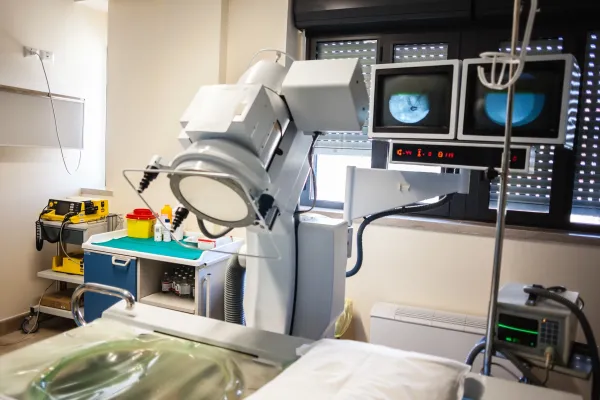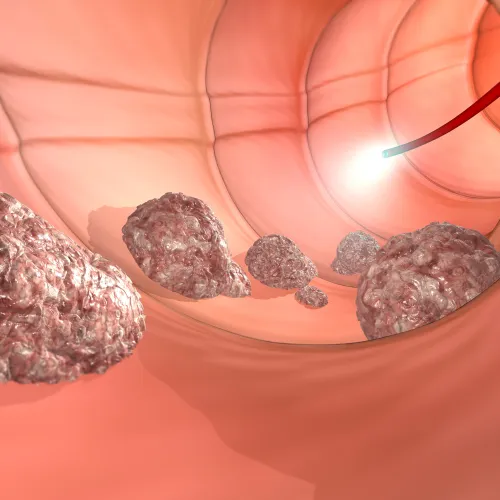Keep Your UPPP, Pharyngoplasty Coding in Check With These Examples

Learn what to look out for in the documentation. There are plenty of variables to consider when analyzing operative reports involving uvulopalatopharyngoplasty (UPPP) and pharyngoplasty procedures. It’s the coder’s responsibility to sift through the pertinent details of the report to confirm that the surgeon has performed each respective operation. However, depending on the detail of the operative report, that can be easier said than done. If that’s not enough, there’s also the challenge of knowing how to identify when the work included in an operative report justifies the coding of a pharyngoplasty versus that of a less substantial procedure. Dive into this crash course using two clinical examples. Use This Report, Outline Differences Between UPPP, Pharyngoplasty Operative Report Sample 1: Lateral pharyngoplasty was then completed by suturing the posterior pharyngeal mucosa to the anterior tonsillar pillar with vicryl sutures. The closure was completed with the least amount of tension possible. Attention was then placed on the soft palate and uvula. Using a needle-tip bovie, a minimal amount of redundant mucosal tissue of the soft palate at the later arches was excised. The fibrofatty tissue with the lateral arch was also excised being careful to avoid excising the levator muscles of the soft palate. Enough tissue was removed to allow flattening of the posterior pharyngeal reflux wall without causing tension when sutured together to prevent velopharyngeal reflux. The posterior and anterior mucosal tissue of the soft palate was reapproximated using 2-0 vicryl sutures. The redundant uvula was then excised using a bovie. A uvuloplasty was performed by utilizing the midline soft palate. Beginning midline neouvula was created by dissecting the shape of the uvula using a needle-tip bovie. A portion of the uvularis muscle was partially excised. A series of vicryl was then used to reapproximate the mucosa to create the neouvula. Before addressing any coding considerations, it’s important to outline what information you do and do not have available. Without a complete operative report, including procedure title and diagnosis, you cannot come to any definitive conclusions about what has been performed. With that being said, the two codes under consideration given the above portion of the operative report are the following: As the code description suggests, code 42950 is a plastic and/or reconstructive operation in which the surgeon reconfigures the shape of the soft palate and pharynx. This is typically performed to correct a number of conditions including speech problems due to cleft palate, tonsillectomy complications, or malignant neoplasms of the oral cavity and pharynx. On the other hand, 42145 is a surgical procedure usually performed on sleep apnea patients. In an attempt to widen the oropharyngeal airway, the surgeon removes uvular and palatine tissue and mucosa. This typically includes a complete uvulectomy. Look for Clues in the Documentation Before examining the operative report, the diagnostic inferences can offer you clues as to which coding route makes the most sense, but details in the report must match up with the surgeon’s procedure title. In this example, you want to identify each component of the included portion of operative report. First, you’ve got documentation of a pharyngoplasty in which the surgeon sutures the posterior pharyngeal mucosa to the anterior tonsillar pillar. Next, the surgeon excises mucosal tissue of the soft palate and the palatopharyngeal arch. After reapproximating the posterior and anterior mucosal tissue of the soft palate, the surgeon excises a small portion of the uvula using a bovie. Finally, the surgeon performs a uvuloplasty, resulting in the creation of a neouvula (surgically modified uvula). With the amount of work the surgeon performs on the uvula, you might expect that this operative report falls more in line with 42145. However, you’ve got to look at the underlying procedure the surgeon performs — the pharyngoplasty. This portion of the surgery requires the most time and effort. Additionally, a UPPP procedure does not involve reconstructive work on the pharynx as described in the operative report. Rather, it’s a procedure that focuses on reconstruction of the uvular and palatine tissue. Finally, the surgeon does not completely excise the uvula, but rather opts to perform a partial uvulectomy, resulting in the creation of a neouvula. Therefore, you will report the work described in the operative note using code 42950. Avoid This Common Pharyngoplasty Coding Mistake In some instances, the provider might make an effort to bill for a pharyngoplasty when the operative report does not warrant as much. Consider the following portion of an operative note: Operative Report Sample 2: Attention was turned to both lateral pharyngeal walls. Hypertrophic muscles were obstructing the eustachian tube. Using the frontal sinus balloon, I was able to gently feed the FiberTape® wire approximately 1.5 cm into the canal. I then gently inserted the balloon to approximately 1.5 cm. It was dilated to 10 atmospheres of pressure, 2 minutes into release. The opposite was done in the same fashion. There have been known to be instances where an operative report that involves nothing more than a eustachian tube dilation is incorrectly coded as a 42950 by the physician. Using the example from the first operative note, you know that in order to code as a pharyngoplasty, there must be clear documentation of the surgeon’s reconstructive work on the pharyngeal muscles and mucosal tissue. Upon further examining this portion of the operative report, you can conclude that a pharyngoplasty involves a substantially different set of work than what’s documented in this procedure. In fact, this procedure doesn’t represent a pharyngoplasty at all, but rather a eustachian tube dilation procedure. That’s because the only surgical maneuver the physician performs in this report is the balloon insertion — and subsequent dilation — of the eustachian tube. Prior to 2015, you would have reported this procedure using the now deleted code 69400 (Eustachian tube inflation, transnasal; with catheterization). The CPT® manual now instructs you to report code 69799 (Unlisted procedure, middle ear) in place of 69400. Since ETD procedures are typically performed using the Acclarent AERA® ETD Procedure System, you should follow by their guidelines on how to properly submit the service using an unlisted code. This means that you should include any and all relevant documentation to support the service. “It’s always a worry to me using an unlisted code,” says Kimberly Quinlan, CPC, senior medical records coder for the University of Rochester Medical Center’s Department of Otolaryngology in Rochester, New York. “However, submitting the AERA ETD information (included on their website) along with the operative note has been successful when we appeal any denial,” Quinlan explains. Keep in mind: “AMA’s CPT® Assistant (September 2005) states, ‘It is not appropriate to append modifiers to unlisted procedure codes because the unlisted procedure codes in the CPT® manual do not describe specific procedures,’” relays Sarah L. Goodman, MBA, CHCAF, COC, CCP, FCS, president and CEO of SLG, Inc. Consulting in Raleigh, North Carolina.




